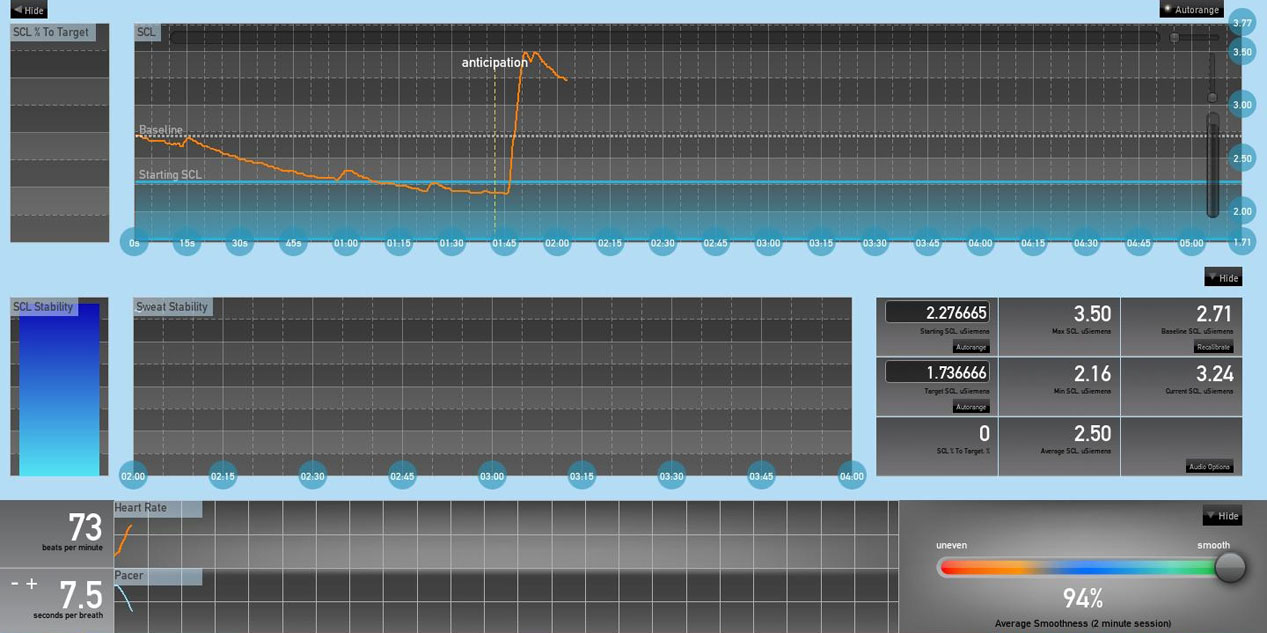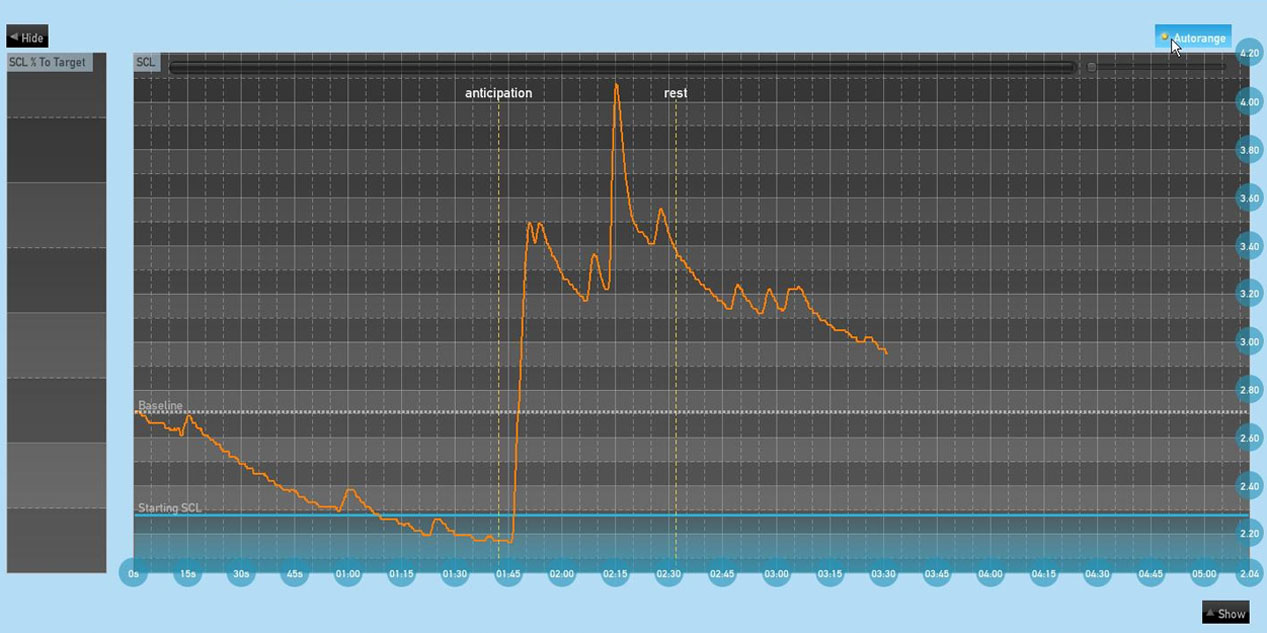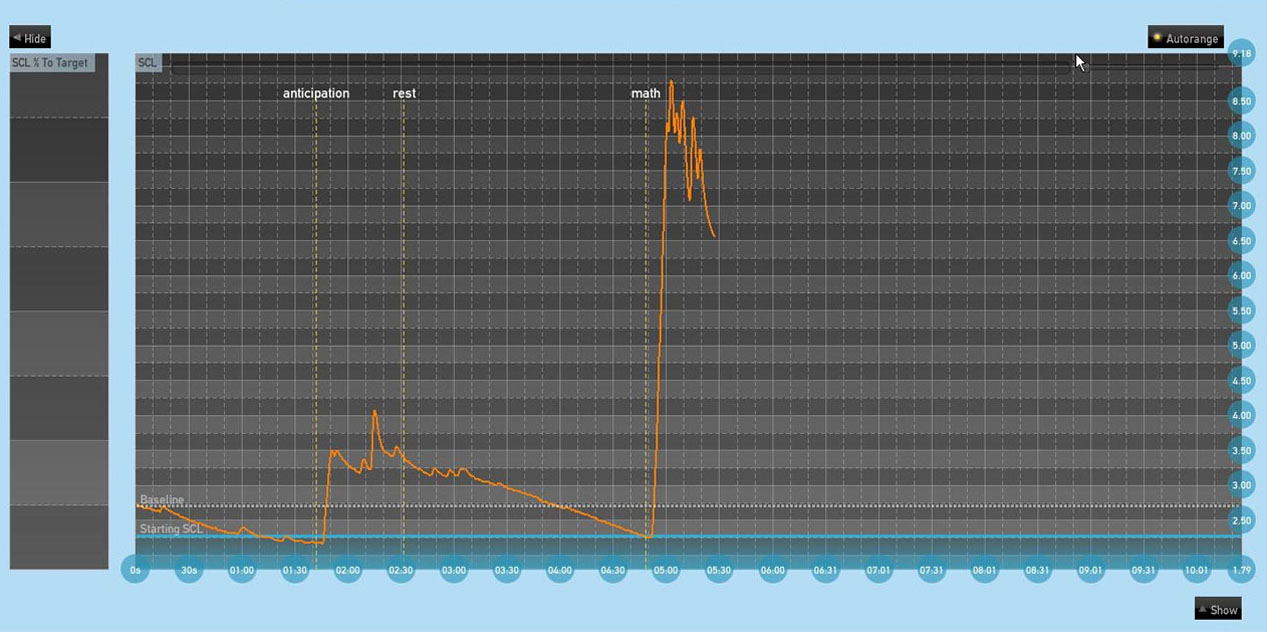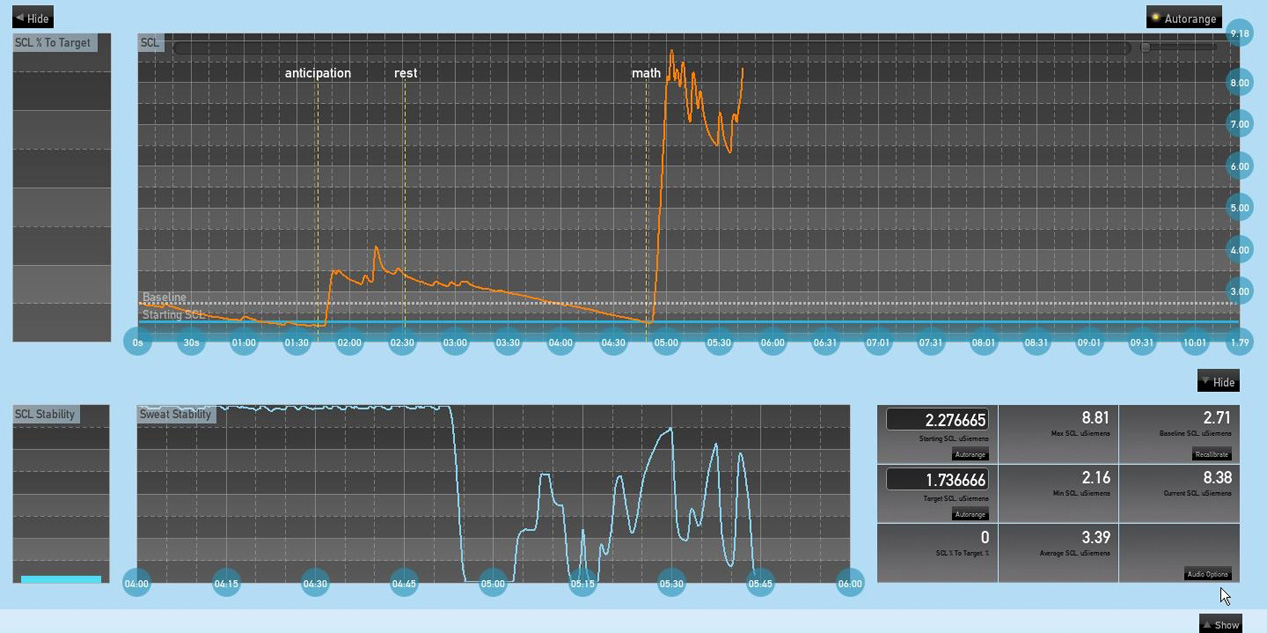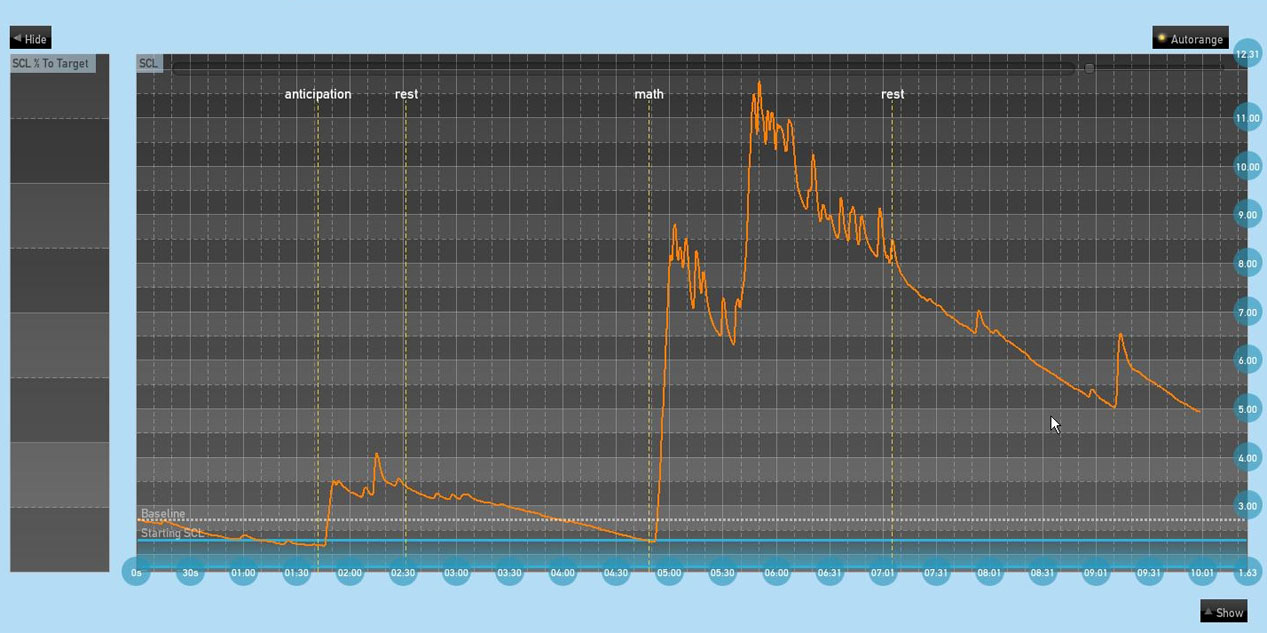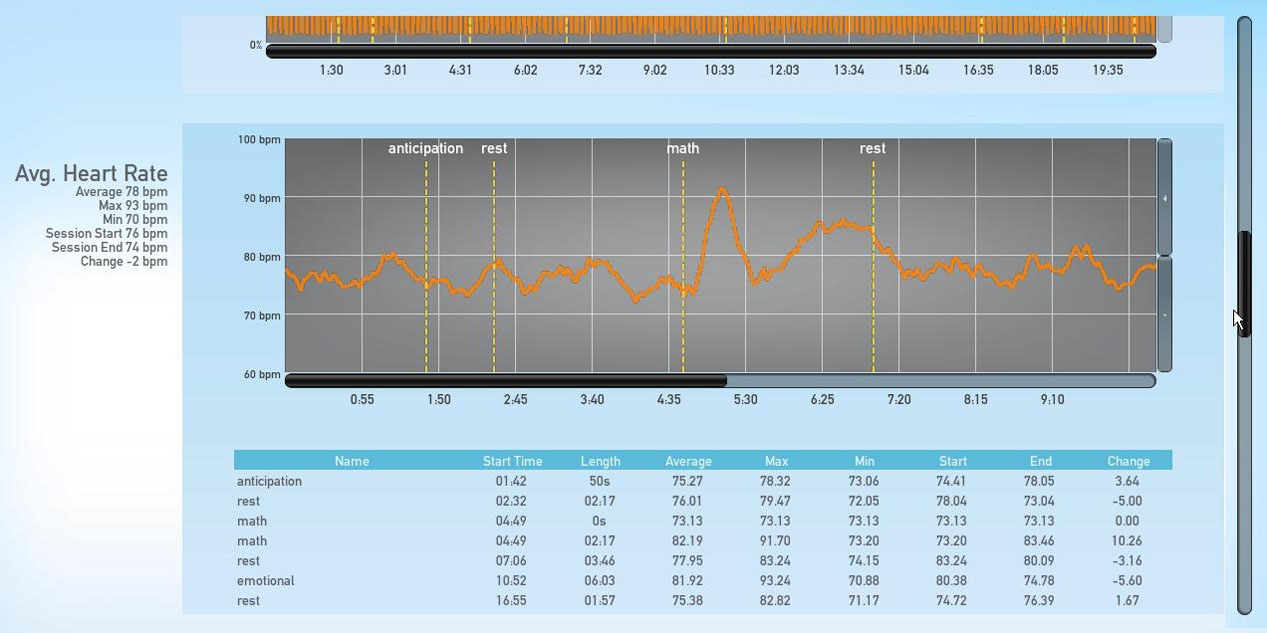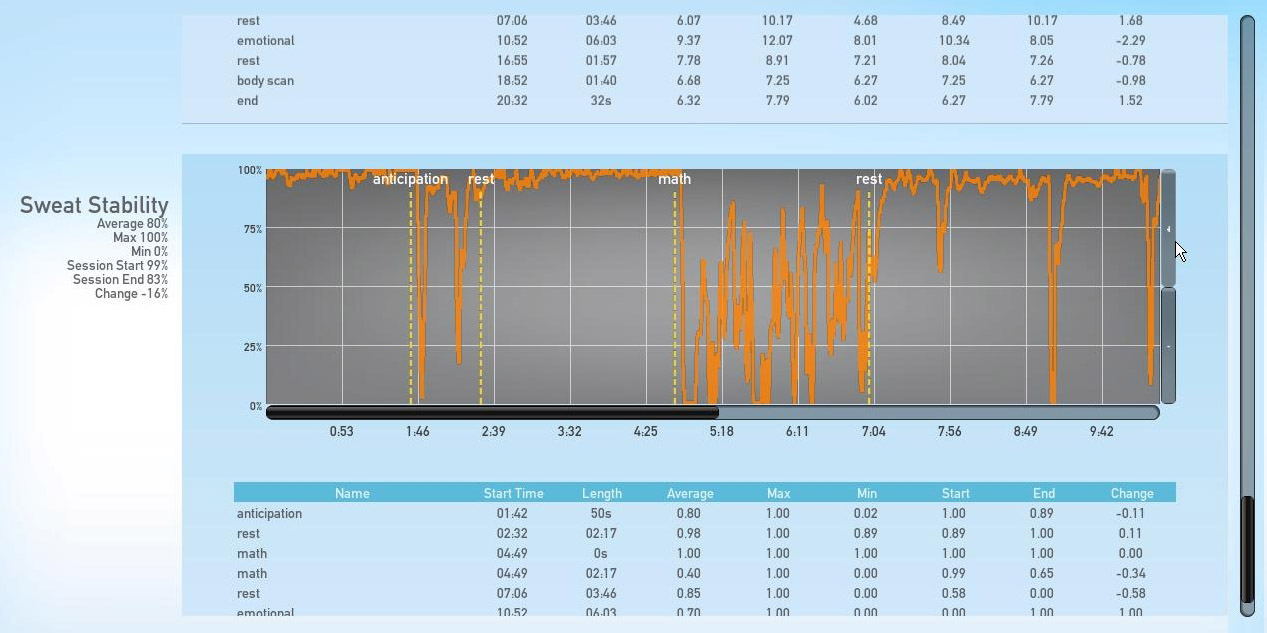Tropical Heat Free Radio - Listen While you Work
Submitted by sv.admTropical Heat Music Stations
Enjoy listening to a selection of the music available in Tropical Heat.
In Tropical Heat you can choose between 3 different music stations and enjoy a wide variety of music as you race through the 15 beautiful tropical island courses.
Mixed
Chill
Latin
Upbeat
Afraid of memory loss as you age?
Submitted by sv.admIf you fear or are experiencing memory loss as you get older, you're not alone. Polls by Research America and Parade Magazine indicate that for most aging people, the fear of losing mental capacity is much greater than fears of losing physical abilities.
According to Karen Lawrence writing for Suite 101, experiments show that even though stress and depression can damage memory, treatment encourages regeneration of brain cells responsible for long-term memory function.
Paying attention to stress levels in the body by incorporating soothing and healing practices into one’s lifestyle may prove to be one of the best defenses against a deteriorating brain. While stress is certainly an inevitable part of life, adding simple measures to not only slow cell damage by reducing the production of cortisol, but also by encouraging the regeneration of cells can be another easy step towards keeping an aging brain sharp.

In fact, consider these effective techniques:
Deep Breathing. Deep breathing is an ancient and simple way to induce the relaxation response.
Guided Imagery and Visualization. Guided imagery is following the guidance of a soothing voice that is suggesting scenes of inner focus to elicit the relaxation response like “see yourself on a beautiful beach.”
Classical Music. The complex textures and harmonies of classical music can help usher one into a meditation state.
These techniques and benefits are just a few of the many that have always been incorporated into Alive, and they help with much more than getting better performance from an aging brain. Beyond the fun computer games and environments, Alive also includes off-screen exercises you can practice easily in the course of your busy life. They can be found in the Alive User Guide, and you don't even need to buy Alive to try them out!
Yes, you can feel better...in 2 minutes or less!
Submitted by sv.admAOL Health has shared some great tips for feeling better in just 2 minutes! Some highlights:
Health Issue: If You're Seriously Stressed..."The best fix is the one you can do anywhere: breathing." Says Brooke Siler, owner of New York City's Re:AB Pilates studio. Close your eyes and inhale deeply through your nose. Hold for five counts; exhale through your nose for 10 counts. Repeat for two minutes. This can deactivate your fight-or-flight response and help you relax.
Health Issue: If You've Got Absolutely No Energy...Yoga pro Mandy Ingber, who works with Jennifer Aniston, recommends the bridge pose: "It allows the lungs to fully expand so more oxygen circulates to your brain and muscles." Lie on your back, knees bent, heels directly under knees. Lift hips, clasping hands underneath your back. Hold for 30 seconds, breathing slowly.
Health Issue: If Your Hips Are Stiff From Driving...Hours behind the wheel can lead to hip and leg pain, says Dr. DeMann. Pit stop solution: Stand with your right side facing the car, and place right hand on car at shoulder height. Cross right leg behind left, keeping feet flat, and tilt hips toward car so you're arching sideways. You should feel a stretch in your right hip. Hold for 30 seconds; repeat on opposite side.
Step-by-step mind-body demo — Integrating mindfulness with biofeedback series, continued
Submitted by sv.admBy Yuval Oded
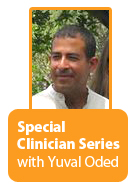 This walkthrough shows a clinician how to demonstrate the effect of mental stress on the body in real-time using Alive Clinical Version biofeedback graphing. We can tell clients what we know, but showing them is much more powerful and motivating.
This walkthrough shows a clinician how to demonstrate the effect of mental stress on the body in real-time using Alive Clinical Version biofeedback graphing. We can tell clients what we know, but showing them is much more powerful and motivating.
- From the baseline level we let the SCL line stabilize, preferably letting it get a downward trend as in the example shown below example.
After going down from 2.71 microsiemens to 2.16 microsiemens, this is the perfect point at which to evoke an anticipation reaction. At timeline 1 min. 50 sec., the client was told “I will now ask you a difficult math question.”
Notice the sharp rise in the SCL line climbing to 3.50 microsiemens.
The client did not move or say anything (since the proposed question was not yet asked), so it is clear that the rise in arousal level stems from the psychological impact of anticipation. - By pressing the Hide button we can show the client only the SCL line. After the first anticipation trigger, she is asked to rest.
- After approx 2 min. rest time the client is asked a question in math. Notice the very sharp rise in arousal level (to 8.5 microsiemens) showing the psychological impact on the client. Later, she commented that the thought “What if I am wrong?” passed through her mind, causing this rise in arousal level.
- Showing the sweat stability graph to the client at this stage can be useful, as it indicates the sharp difference in stability when resting compared to being emotionally agitated by the math task.
- Show the rest period, line going down. Take some time with the client to discuss this demo of how thoughts affect the body.
- Using the clinical-view option can deepen the client’s understanding of his body’s reaction: the sharp rise in average heart rate when asked the math question, the dramatic sweat stability changes at rest compared to when challenged.
Integrating mindfulness with biofeedback — A new way to enhance results in individual therapy — Introduction
Submitted by sv.admBy Yuval Oded, inspired by Zindel Segal

As mindfulness and other Eastern spiritual practices are introduced into psychotherapy, both therapists and clients seek for ways to deepen the practice. In the next few weeks I will describe how I integrate Alive biofeedback with mindfulness practices.
“Mindfulness” refers to keeping one’s consciousness alive to the present reality. John Kabat-Zinn, one of pioneers in integrating mindfulness into therapy, says, “when we use the term mindfulness we refer to ‘an openhearted, moment to moment, nonjudgmental awareness’.”
In therapy we often aim at helping our clients to promote acceptance of internal experience. In a wide range of clinical problems, what is common is the avoidance or over-attention to internal experiences such as thoughts, images, emotions and sensations. For example, many clients are not aware of the moment-to-moment fluctuations in mood they are experiencing. A patient may describe his panic attack as lasting 4 days while scientific findings show that the human body is not capable of sustaining such high levels of arousal for long. Anxiety sensitivity, or fear of fear, often causes this sustained attention to anxiety-related symptoms.
The process of trying to help our clients to pay attention to whatever arises internally or externally, without becoming hooked on the wish that things were otherwise, and diminishing avoidance behaviors is part of therapy.
Mindfulness practices within therapy include improving awareness through learning to focus one’s attention in a different way than our daily “jumpy” mode of attention. In this, we focus on first becoming aware of thoughts, emotions and bodily sensations as well as sounds , smells, tastes as they are. Another aspect of mindfulness is nonjudgmental observation, the ability to develop a sense of compassion towards one’s internal experience, becoming aware of one’s inner critic, learning to step back from it and notice experiences without labeling them good or bad. We try to cultivate a “beginner’s mind” that observes things as they are rather than letting what we “know” dominate our perceptions. By participating in experiences as they occur we teach our mind to observe the here-and-now rather than to keep on focusing on the past or the future. Learning to “stay in the moment” is not easy and requires many hours of practice. Many clients who are introduced to mindfulness skills, particularly early in treatment, find it difficult to see the value of these practices. Furthermore, those who are convinced they want to integrate these practices will often say to the therapist, “I intended to set aside some time for practice this week but I have too much else going on and it just did not happen.” Enhancing their motivation to practice is of extreme importance if we want to achieve changes of automatic patterns of the mind.
After many years of integrating mindfulness skill training with biofeedback I would like to share with you the wonderful benefits of combining both. In the coming weeks I will focus on the roles and benefits of using biofeedback at different stages of skill acquisition.
- Becoming aware of the mind body connection using Alive SCL screens
- Initial mindfulness breathing exercise with Alive breathing coach
- Attention modes training with Zoom Out ™, Change the Channel ™, and Mental Mini-Breaks™ feedback from Alive HRV and SCL graphing
- Body Scan training with Alive mindfulness workshop and SCL graph training (introducing the sweat stability graph)
- Cultivating mindfulness and acceptance using the Dream house, Green Thumb, and Four Seasons mini-games
- Opening our heart using Alive HRV graph training and games and Finding Gratitude and Trust workshop
- Mindful eating with biofeedback
- 5-Minute Daily Break with HRV and SCL screens
And lots more.
Feel free to contact me in this blog with any questions or feedback.

